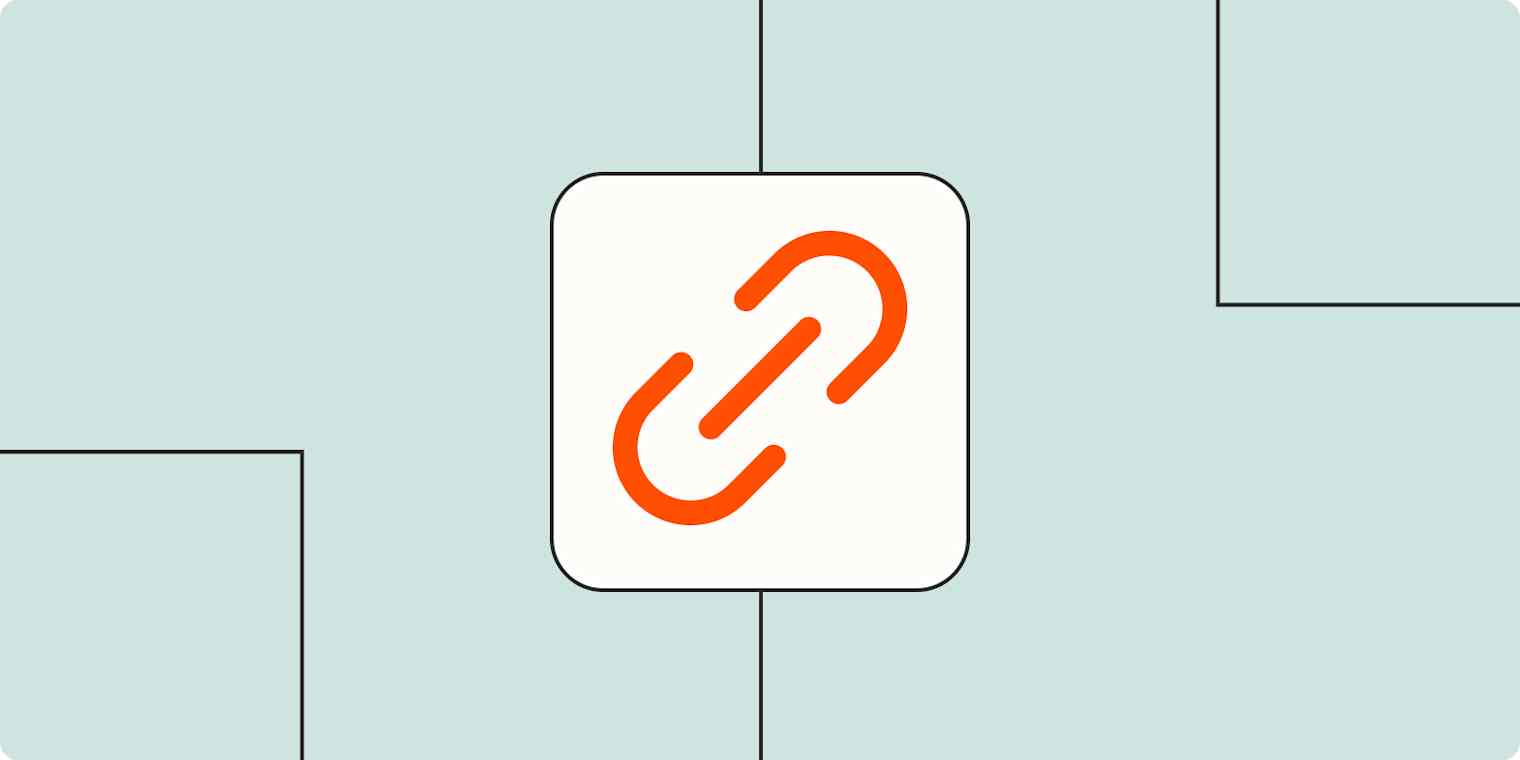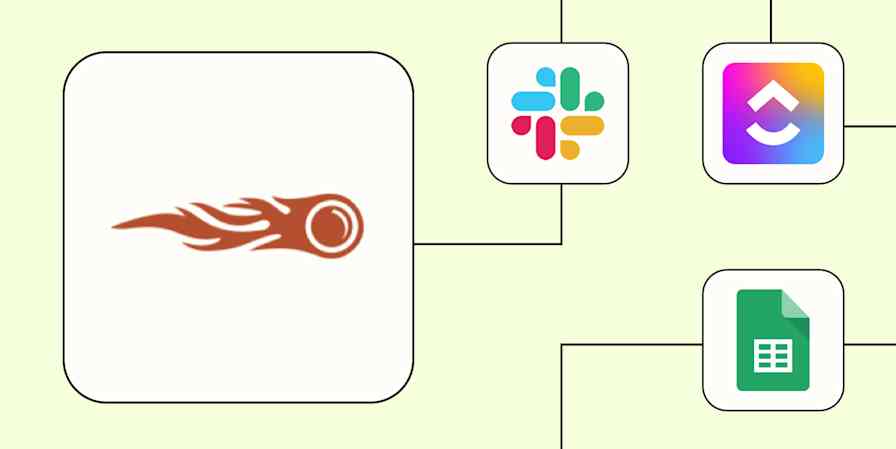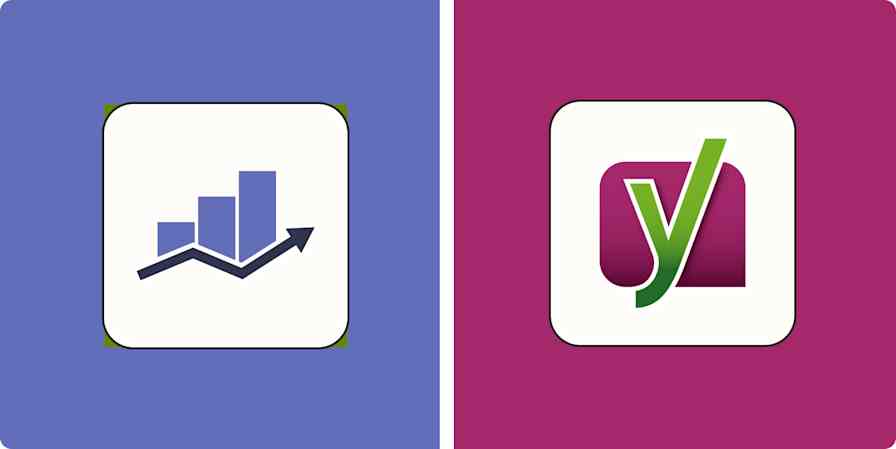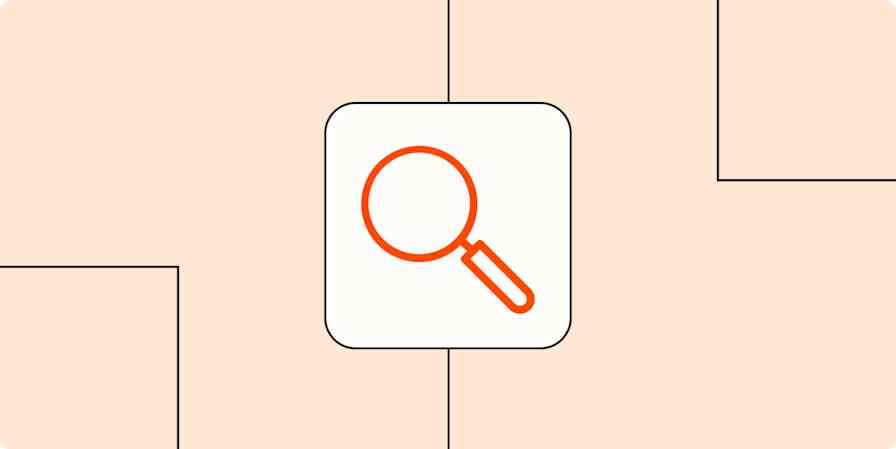Backlinks are gold—we all know that. But at Hunter, we found that loads of sites (more than 18,000, according to Ahrefs) had mentioned us in their blog posts without adding a backlink. That's what's known as an unlinked brand mention: they said our name, but they didn't link to our website.
So we set out to change that. We decided to find those unlinked mentions and then just ask them to add the link. After all, if someone mentioned your brand, they think you're worth talking about, and adding a link isn't much effort on their part. Not everyone will do it, but you won't know until you ask.
After three months of prospecting and contacting the folks who'd name-dropped us, we managed to reclaim 53 unlinked mentions on high-authority sites. Here's how we did it.
What is an unlinked brand mention?
An unlinked brand mention is when a publication writes the name of a brand but doesn't hyperlink it back to the brand's website. It's not bad, by any means—it definitely helps with brand awareness. But if you can have that brand awareness and a high-authority backlink? That's even better.
Here's an example. In a blog post, HubSpot mentioned Hunter as a tool that helps find recruiters' email addresses.

As you can see, they initially didn't link to our website. So we reached out to HubSpot, and after a few days, they'd added a link to our homepage.
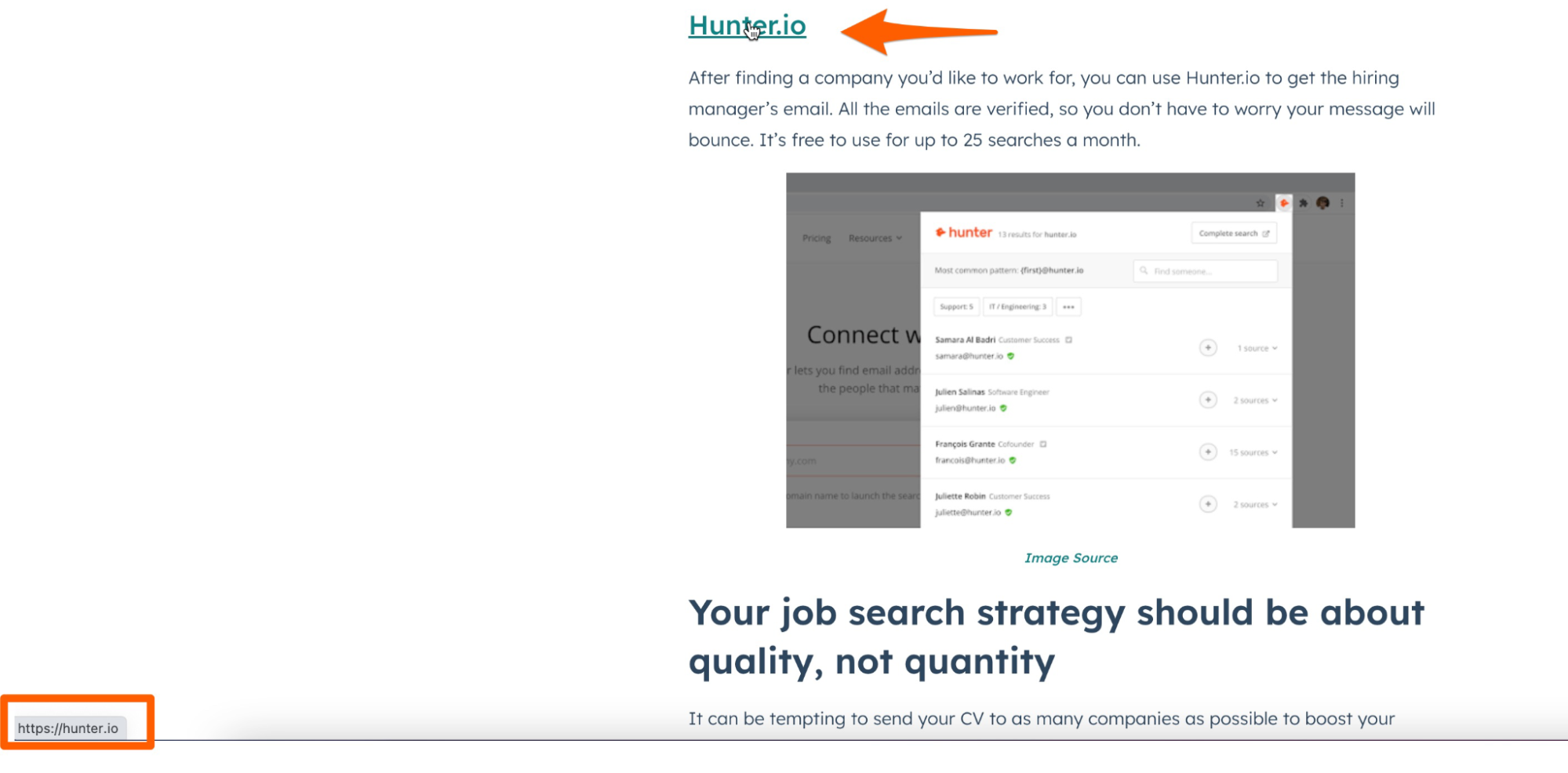
And that's that.
How to find unlinked brand mentions and turn them into backlinks
Reclaiming unlinked brand mentions is a great way to take advantage of low-hanging fruit. The people who mentioned you know who you are, and adding a link only takes a few seconds for them (assuming they're willing to do it). Plus, you can automate most parts of the process, which means you can get really strong backlinks on autopilot.
1. Find unlinked brand mentions
Identifying opportunities is the most time-consuming task in the process of reclaiming unlinked mentions, but it's well worth it.
First, you need to identify the keywords and phrases that other people might use to refer to your product or brand. This might be your company name, the name of one of your products, or even the names of influential people at your company. For example:
We monitor our brand name, Hunter.io. (We don't monitor "Hunter" as a keyword because we get too many irrelevant mentions.)
We monitor the most externally influential people in our company: Hunter's founders, François Grante and Antoine Fink.
We monitor our main products: Hunter Email Finder, Hunter Email Verifier, Hunter Domain Search, and Hunter Campaigns.
Once you have the list of the most important keywords you want to track, it's time to do some manual work. If you don't have a specialized tool, you can do this using Google Search operators.

With a simple search, we get more than 5,000 pages that mention Hunter.io. (If you search for multiple keywords, use the search operator "allintext" to get more relevant results.)
We use Ahrefs, though: it provides more results and allows you to customize your query with filters like preferred domain rating, organic traffic, and website traffic value.
In Ahrefs, Go to Content Explorer, and type your keyword in quotes.
Choose In content from the dropdown.
Use the Highlight unlinked filter, which highlights the pages that mention your brand but don't have a backlink (unfortunately, the filter isn't 100% accurate, but it's a good start).
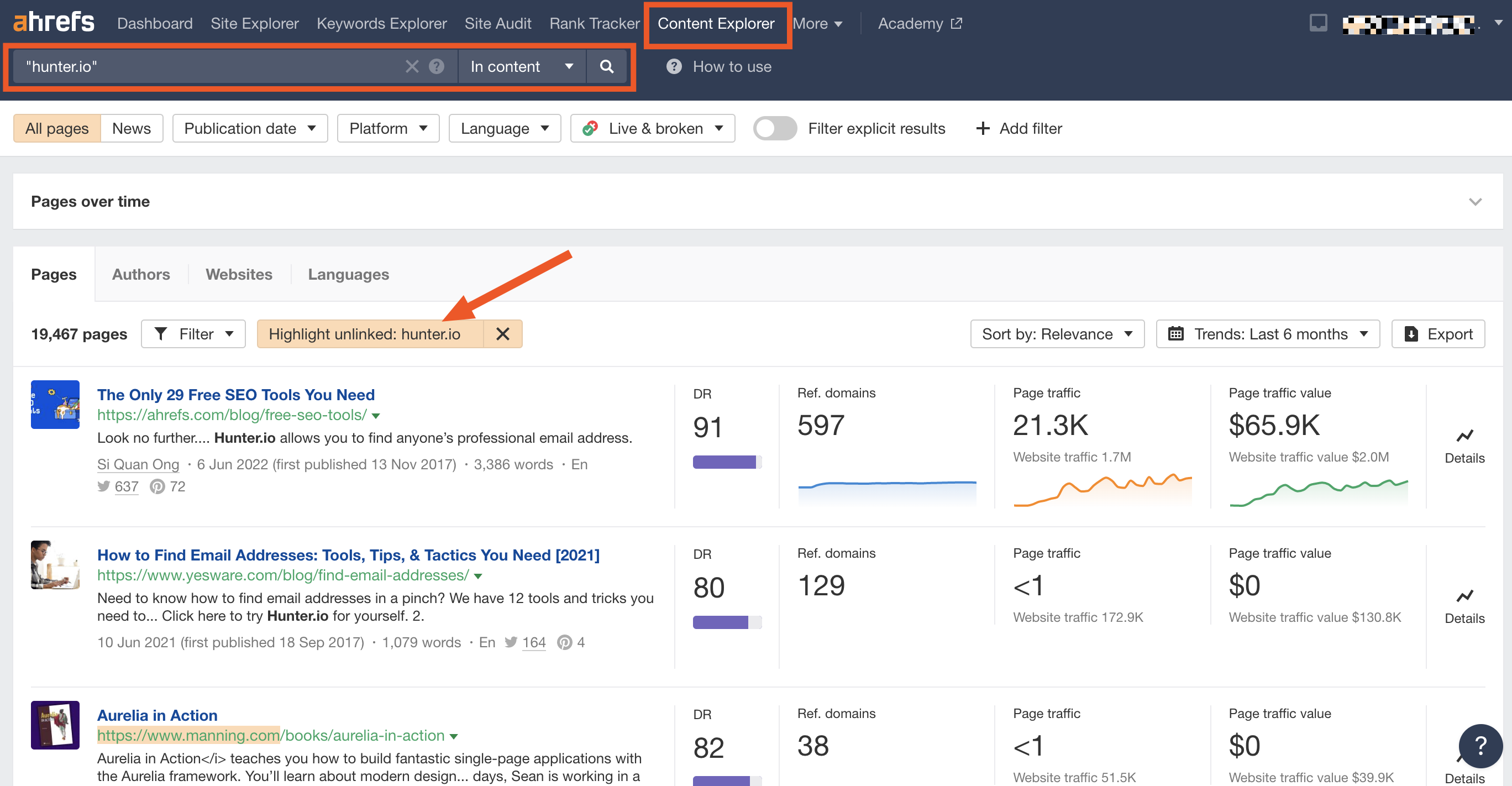
Export to a .csv file, and make sure that you export highlighted domains only.
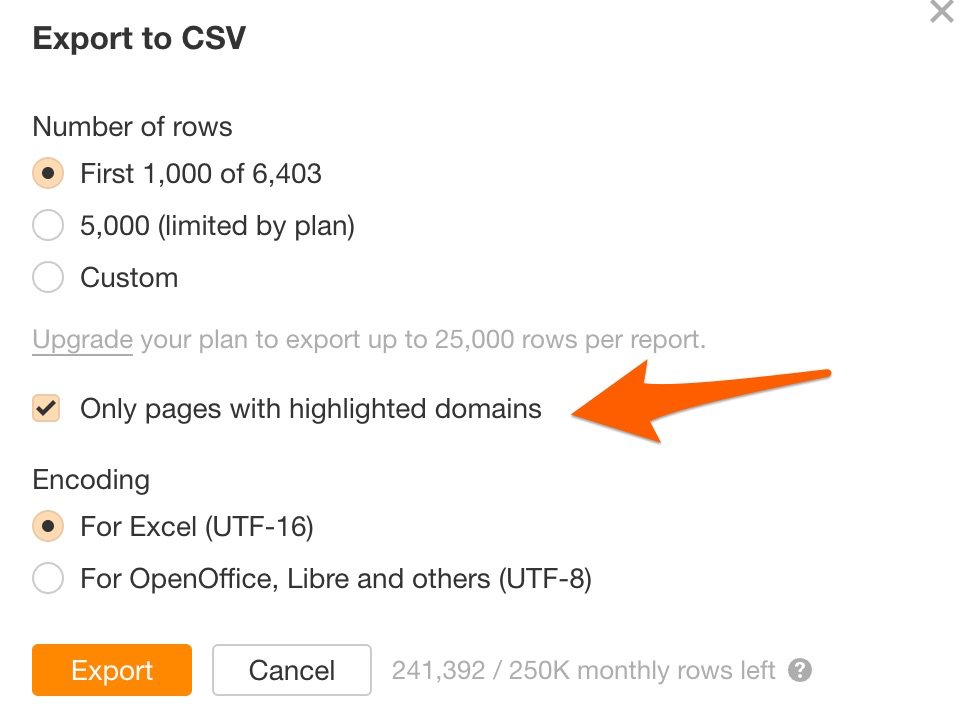
2. Monitor new mentions
When you contact websites and ask if they can include a backlink to your website based on a mention, you'll have a much higher chance of conversion if the mention has just been published. The page is still fresh, and editors will pay more attention to it than a page that was published several months or years earlier. That's why you want to be sure you're monitoring new mentions, not just reviewing existing ones.
Here's how to monitor for new unlinked mentions:
In Ahrefs, go to Ahrefs Alerts and navigate to Mentions.
You'll get a detailed list of filters you can apply there (like only tracking pages in certain languages)—and you can even have all mentions emailed to you on a daily or weekly basis.
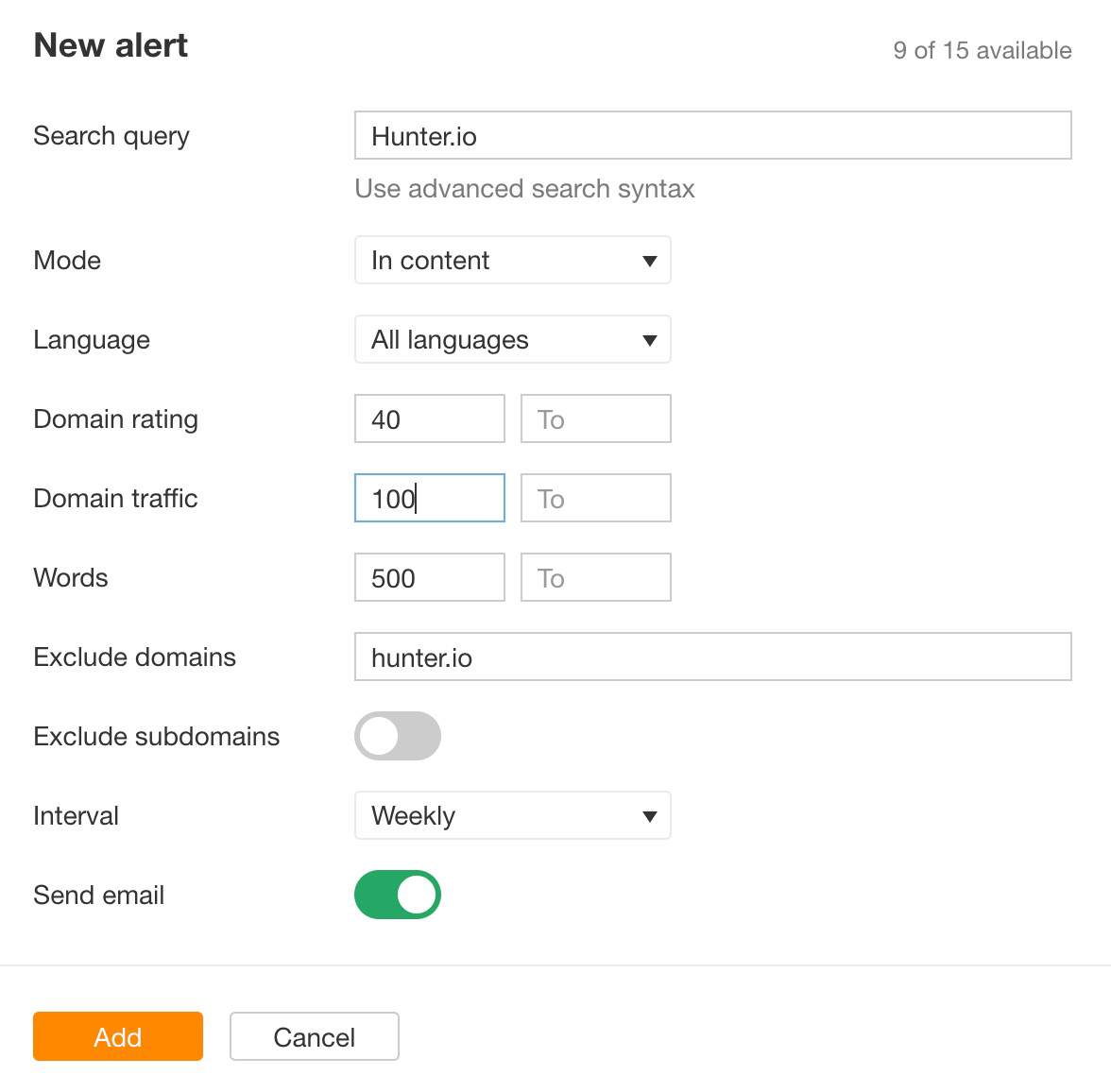
We tend to get about 50 to 100 mentions a week. Not all of them are relevant, and not all of them are unlinked, but, on average, we find about 10 relevant unlinked mentions per week.
3. Filter your prospect list
Depending on how big your brand is, you might be talking about hundreds or thousands of mentions to sift through. Start by filtering your data to focus only on the highest-value mentions.
Domain rating over 30
Domain traffic over 100
Page words over 500
English language (depending on your language and target audience)
Mention in the text of the page
With these filters alone, you can remove a decent number of irrelevant prospects and get it down to a manageable size.
4. Clean your prospect list
Since no tool is 100% accurate, be prepared to clean up the data manually. Sometimes you'll get 404 pages or pages that don't mention your brand at all; or in the best case, you'll get pages that already link back to you. It's important to do the manual work here, so you can personalize and segment your outreach. (If you reach out to someone asking them to link to you when they already do, it's a bad look—and it might make them not link out in the future.)
The easiest way to quickly skim multiple pages is to use a combination of URL Opener to open lots of tabs at once, and Ctrl/command+F to quickly check to see if the mentioned keyword has a backlink to your page. If it doesn't, you have a perfect candidate for outreach.
This is what our spreadsheets look like before we find the contact information of decision-makers:

Once you have the initial outreach list, you can create additional segments based on the metrics of each domain. For example, you might send different emails to high authority sites (DR70+) or segment your campaigns by industry, organic traffic, company size, or any other dimension.
5. Find email addresses of decision-makers for outreach
Once you have a list of websites, it's time to find the right people to contact. This matters because you can expect higher conversion rates if your first email lands in the inbox of the person who's actually responsible for the content. With each subsequent step and the addition of new people to the conversation, conversion rates will decrease.
Here's the best way to do that.
Search on LinkedIn for company employees. Narrow it down to the people who are relevant to the content in question—sometimes that's editors, other times it's website managers.
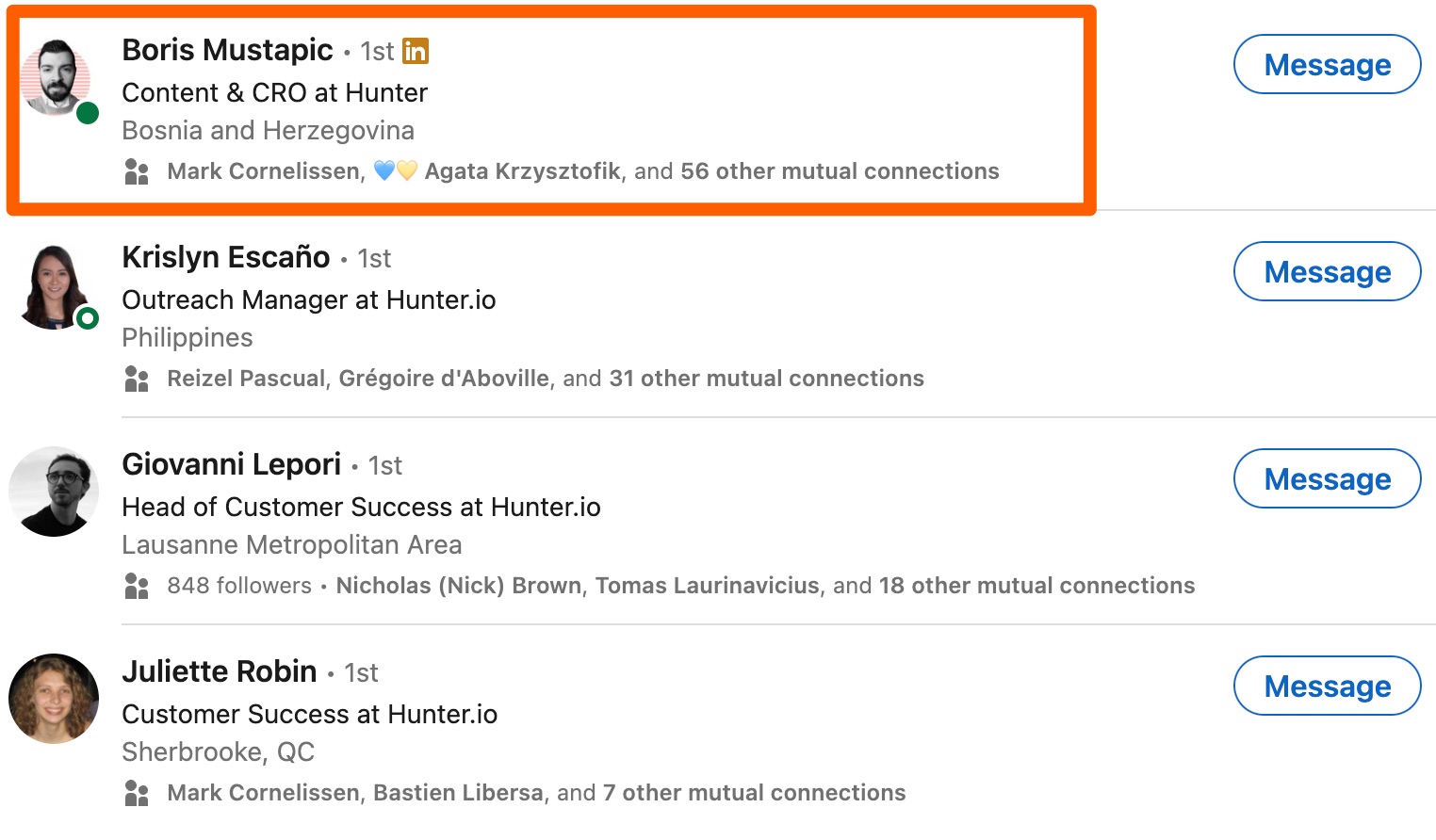
Find that person's email address. We perform a quick search using Hunter Email Finder. The goal is to find a valid email address to avoid deliverability issues.
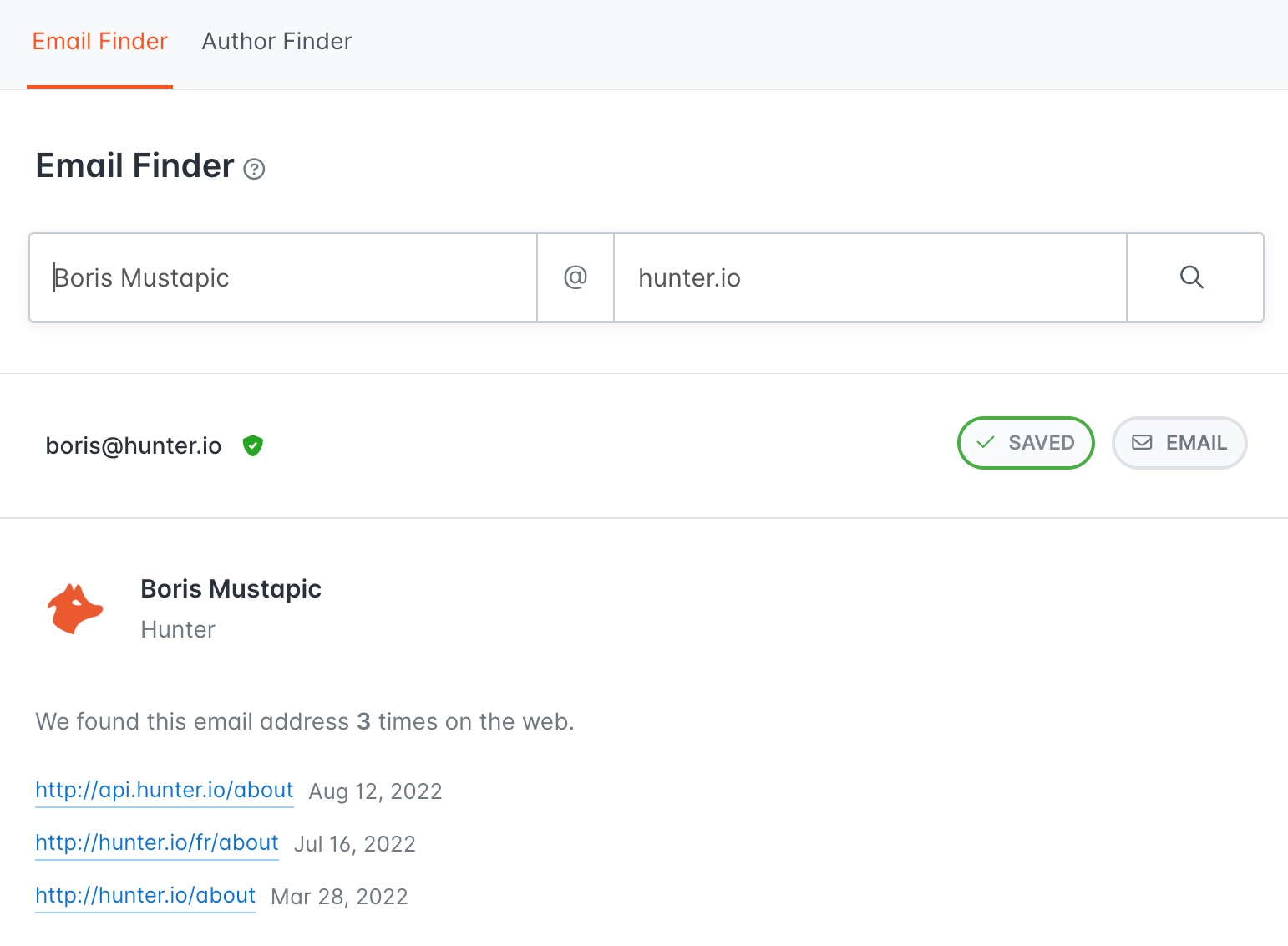
Enrich your spreadsheet. Add additional information about potential prospects that you can later use for personalization.

6. Craft personalized email copy
It's finally time to reach out. I recommend creating an email template for each segment, and make sure each recipient receives a personalized email. Here's a template that's worked really well for us:

As you can see, there are a number of personalization attributes that enrich the email and make it unique for each recipient. It takes time to manually review each page and personalize each email, but it pays off in the long run.
7. Follow up
Some people are afraid to send follow-ups—what if the recipient perceives it as spam and reports me? This has happened a few times, yes. But more often, we've received a response after the first or second follow-up.
We automate our follow-ups, so they go out three days after the first message if we haven't gotten a response. We also send follow-up emails in the same thread so prospects don't lose context.
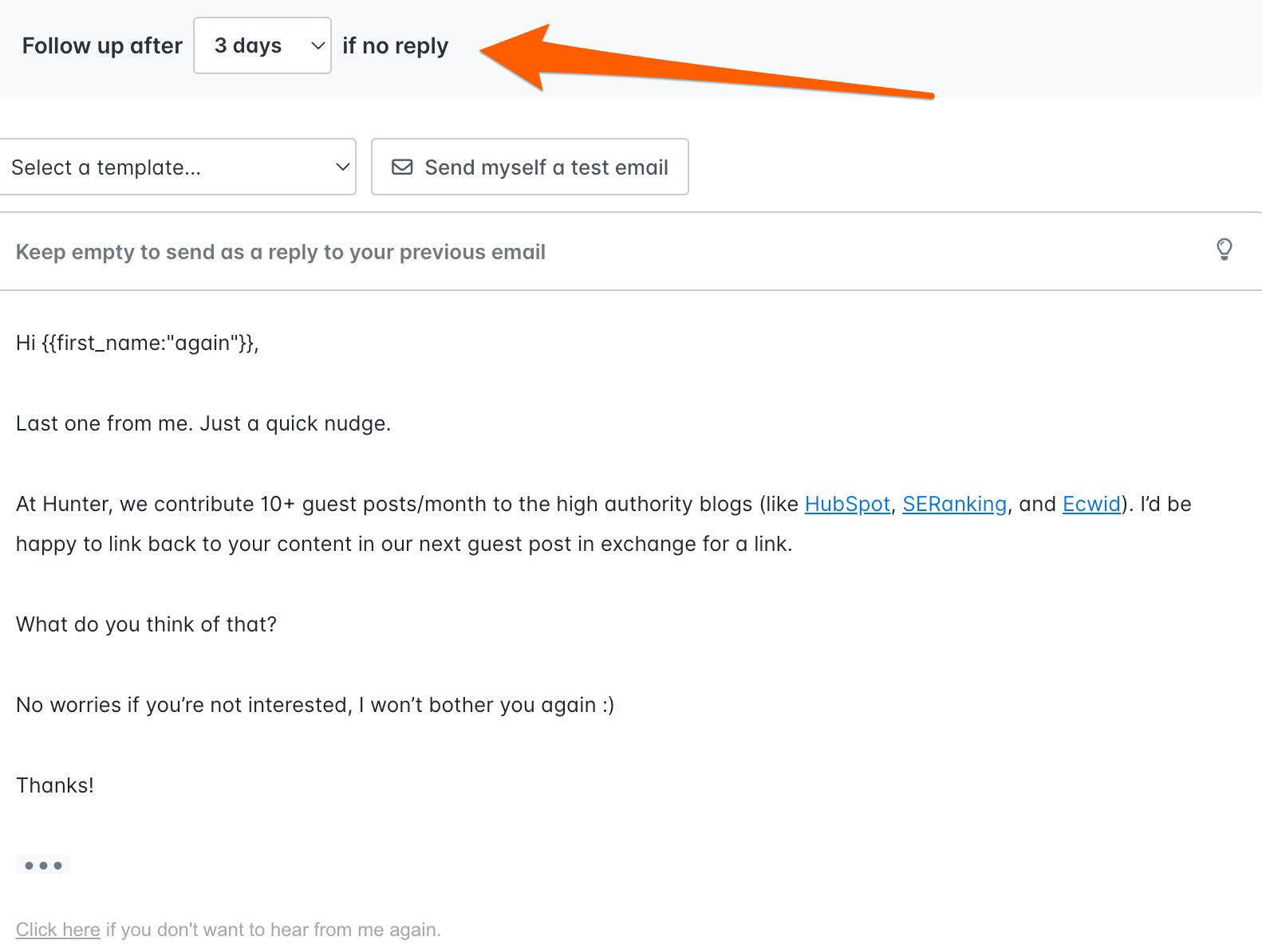
We decided to test how follow-ups work for us, and we found that 37% of all responses came from follow-ups.

8. Be flexible in negotiations
In an ideal world, people would say "a thousand times yes!" and just add the backlinks. But cold outreach isn't that simple—and because link-building has become super competitive and backlinks are one of Google's most important ranking factors, it's getting harder.
Here are a few tips:
Offer something in return. This might be a free 1-month plan for your service or product, a mention on your blog, a social media or newsletter mention, a link in an upcoming guest post, or even permission to write a guest post on your company blog. The list of potential options is endless, but you want to offer something if you're asking for something.
Respond quickly. Make sure you respond right away to any responses and deliver what you promised quickly.
Be flexible. Sometimes prospects ask for more than what you originally offered in return—it's up to you to decide on the value of their backlinks. If the website has high authority, is well-known in the industry, and gets a lot of traffic, it's worth being flexible about what you can offer them.
Claiming unlinked brand mentions is worth it
Yes, it takes a bit of work and experimentation to perfect this tactic, but claiming unlinked brand mentions is one of the easiest ways to build strong backlinks. Instead of asking people to change their content to include your brand, all you're asking them to do is add a hyperlink—it's a lot easier to say yes to that.
Related reading:
This was a guest post by Antonio Gabrić, outreach manager at Hunter. Want to see your work on the Zapier blog? Read our guidelines, and get in touch.
